14:45, 05/05/2023
BHG - Black bone chicken is a specialty chicken breed of the province, however, this breed of chicken has not been widely raised by people. As a pioneer in developing the first black bone chicken farming model in Ban Cuom, Ngoc Duong commune ( Ha Giang city), Ms. Vi Thi Ngoan's family has earned hundreds of millions of VND each year and is a source of black chicken for restaurants and hotels in the Stone Plateau to serve tourists.
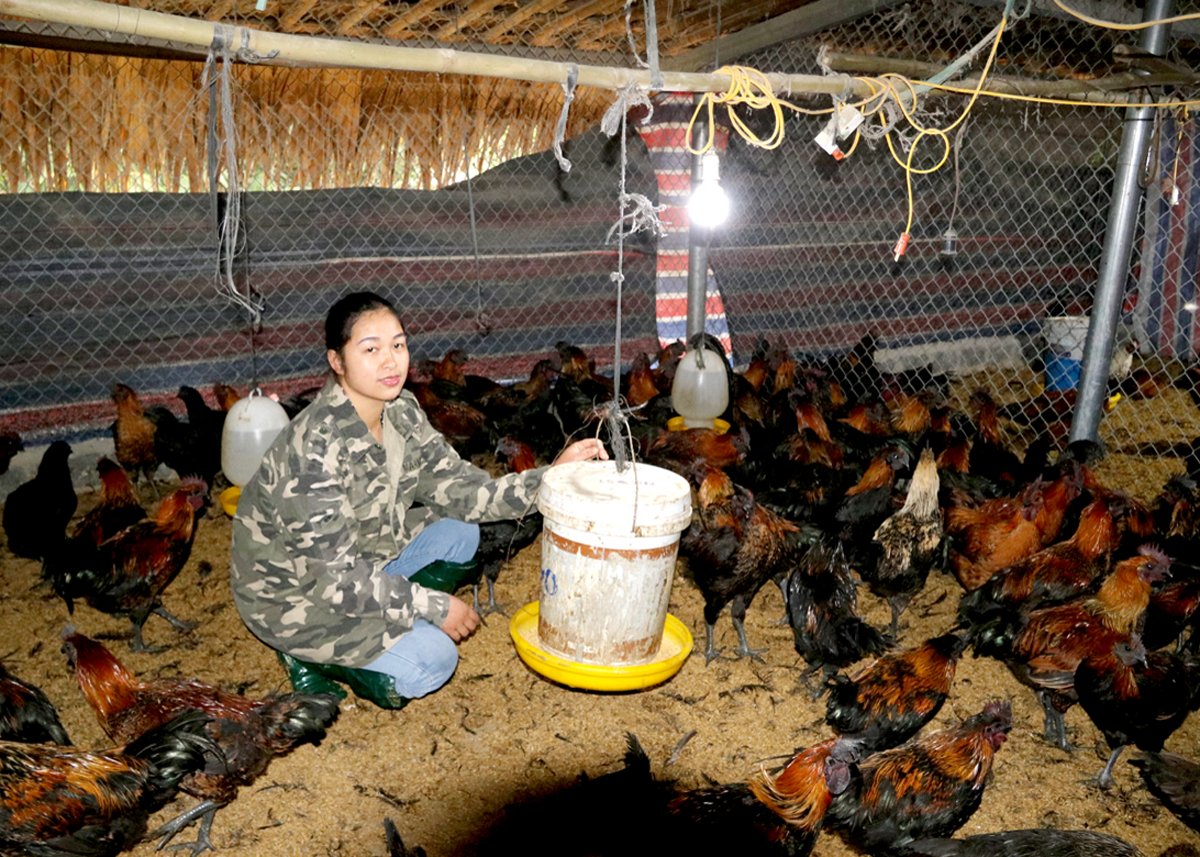 |
| Black bone chicken farm of Ms. Vi Thi Ngoan, Ban Cuom 2 village, Ngoc Duong commune, Ha Giang city. |
In Ban Cuom 2 village, Ngoc Duong commune, there are hundreds of black-bone chickens being raised. The owner of the model, Ms. Vi Thi Ngoan happily introduced that this is a precious breed of chicken with the characteristics of black meat, black bones, low fat content, firm meat and the most delicious among chicken breeds in Vietnam. Ms. Ngoan shared the opportunity to know and start raising the indigenous black-bone chicken breed since 2022. Ms. Ngoan said: "At first, my family only raised small-scale chickens and did not know about this black-bone chicken breed. After being promoted by the local government, the Provincial Agricultural Extension Center and the Commune Farmers' Association, I learned about the H'Mong black-bone chicken breed and was supported to develop the model from the source of breeds, animal feed and techniques".
Black-bone chickens are covered in black all over their bodies, with black meat and black bones. This breed of chicken is easy to raise, has few diseases and brings high economic value. With the characteristics of being easy to care for, requiring little capital and taking advantage of available food sources, H'mong chickens are much more effective than regular chickens. Ms. Ngoan said that her family has invested in 3 coops at a cost of about 60 million VND, 15 million VND for breeding stock. To ensure environmental hygiene, she uses biological bedding to keep the coop clean and odorless. The way to make biological bedding is to mix biological yeast with rice husks to line the chicken coop, changing the bedding every 2 weeks. The chickens' food is mainly corn, potatoes, cassava and agricultural by-products. The techniques for raising and preventing diseases for chickens were instructed by the staff of the Provincial Agricultural Extension Center. Up to now, her family has grasped the techniques for caring for chickens at each stage. The most important thing is how to prevent disease for chickens.
When first raised, the flock of chickens is about 3 days old, after 4 months the flock grows quickly, develops well, weighs from 1.5 - 2 kg or more/chicken, at this time the hens start laying eggs, the meat chickens have the best quality. Ms. Ngoan added: "When selling the first batch of 500 chickens, the selling price is 160 thousand VND/kg, higher than other free-range chicken breeds. Seeing the profit, I decided to expand the breeding model to a scale of 700 commercial chickens, thanks to the overlapping breeding, my family sells 3 batches of chickens a year, bringing in an income of over 200 million VND for the family". Up to now, Ms. Ngoan's family has raised a flock of up to 1 thousand chickens, customers come to the house to buy the whole flock, supply cannot meet demand. Her family's commercial chickens are mainly sold to restaurants and hotels in the districts of the Stone Plateau to process into local specialties for tourists .
Thanks to the effectiveness of the model, it has helped bring a good income to Ms. Ngoan's family and many villagers have come to learn her family's chicken raising techniques. The fact that Ms. Ngoan's family and the villagers brought black-bone chickens to the locality to raise and develop them as they are now shows that this is a suitable direction, bringing high economic value. In particular, developing this specialty chicken farming according to the value chain is an effective and sustainable production direction.
Article and photos: LE HAI
Source link






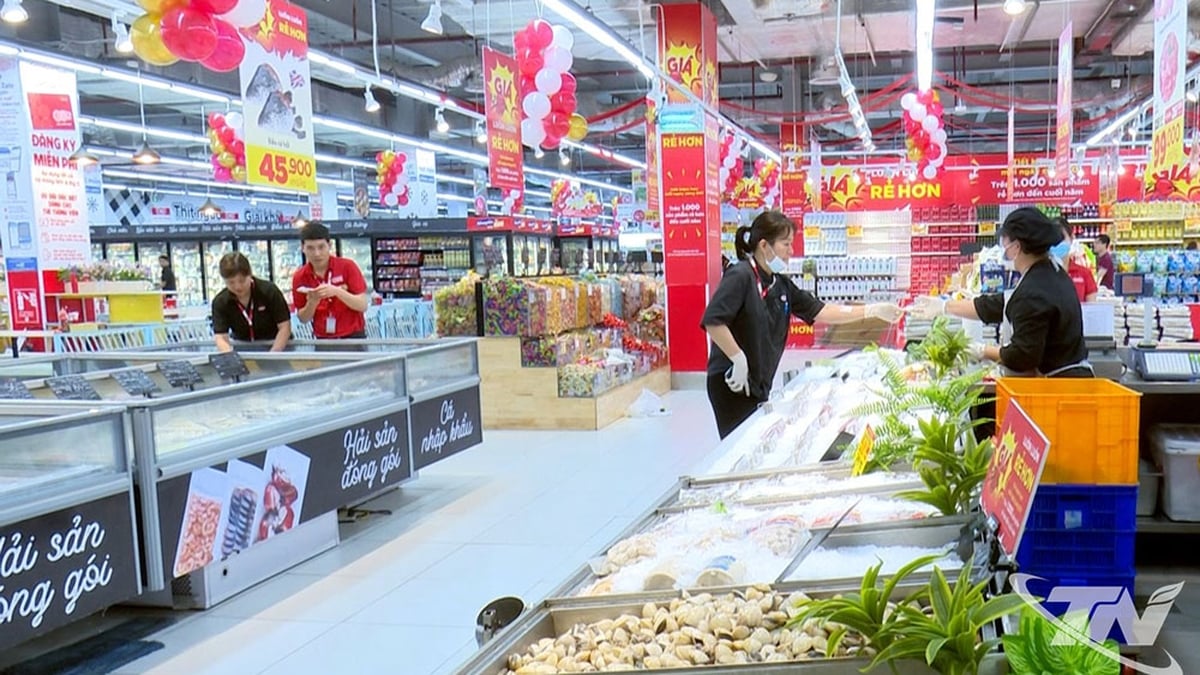
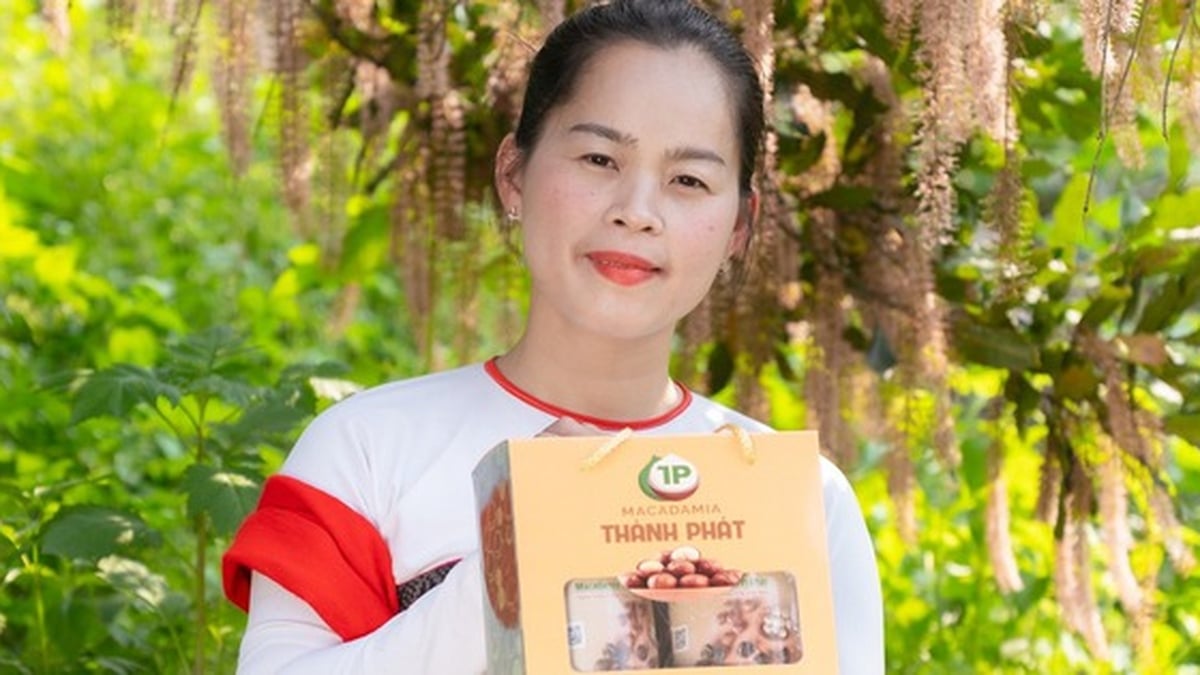

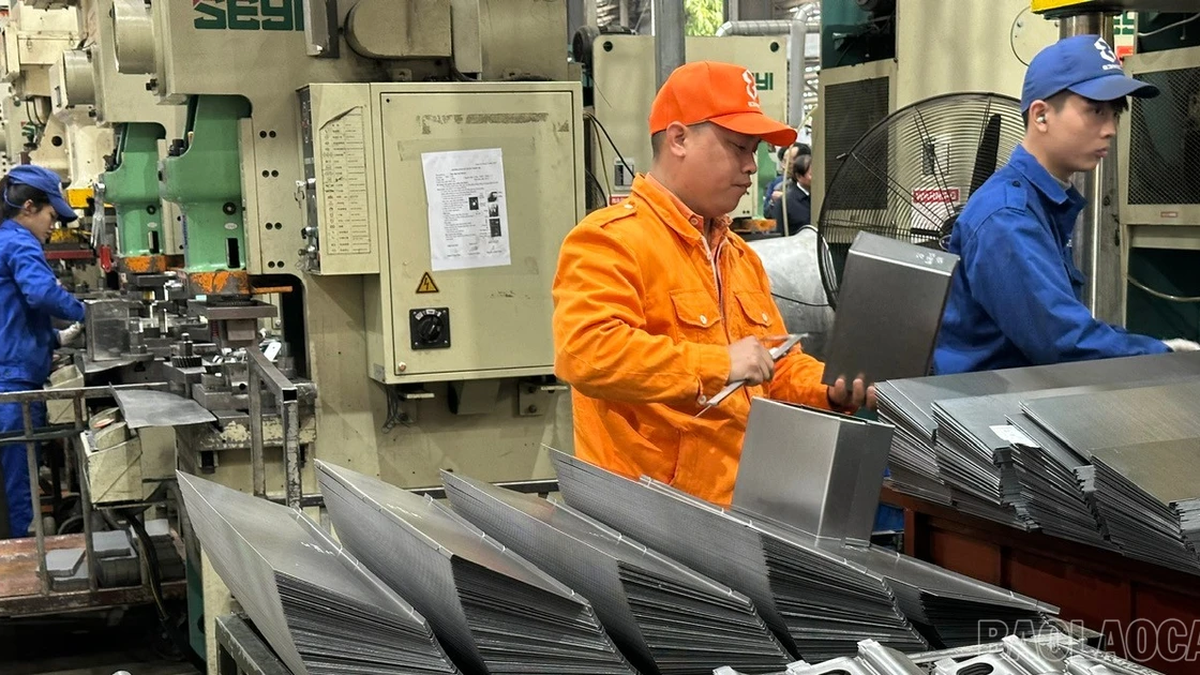


























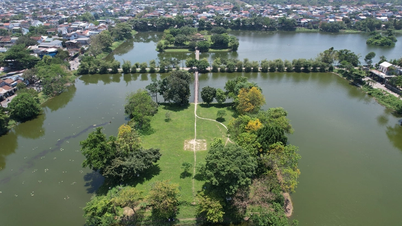






























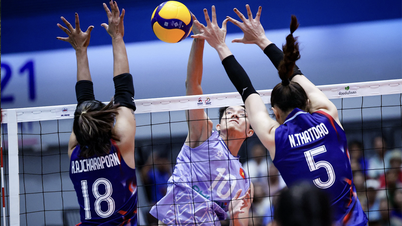







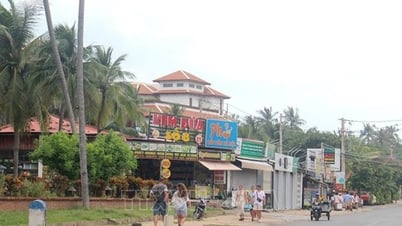






















Comment (0)